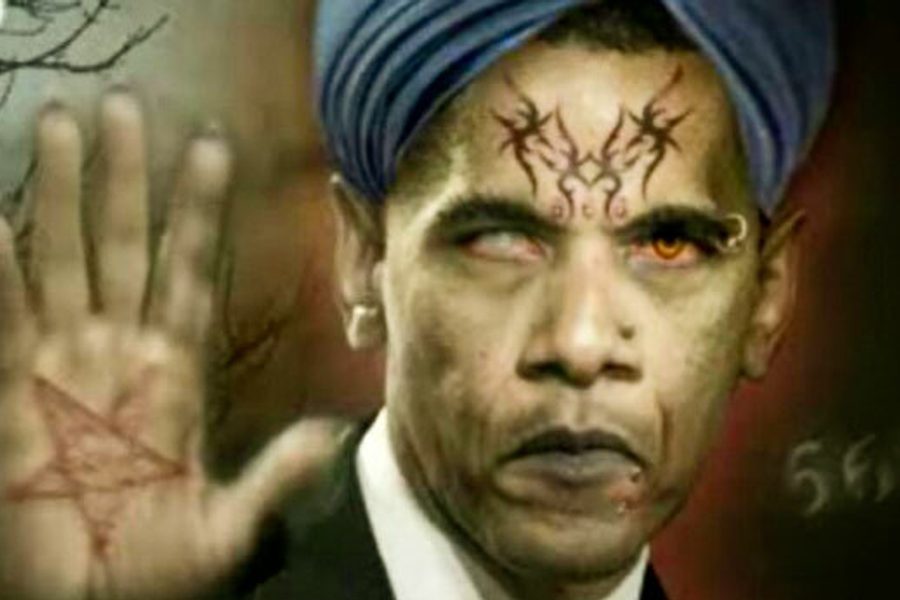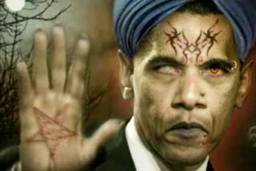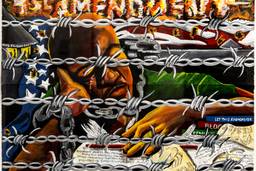
For the millions of Americans who do not read In These Times, labor unions have probably been relegated to the realm of the anachronistic, if not downright unpatriotic. For the much smaller number of Americans who do read In These Times, writing about the virtues of labor unions probably falls into the realm of preaching to the congregation.
But in his new (and at 784 pages, massive) book There Is Power in a Union: The Epic Story of Labor in America (Doubleday, September), Philip Dray provides plenty of information about the virtues of unions for labor evangelists to draw upon.
Dray offers a grand context for thinking about labor-management relations in a society beset by ill will in millions of workplaces. He notes that the saga of organized labor in the United States is “much more than a catalog of strikes, picket lines and flailing police batons. The debate about work and industry and the struggle for workers’ rights and dignity have been consuming subjects since the birth of our nation; they have shaped laws and customs, acted as a crucible for social change, and ultimately helped define what it means to be an American.”
Taken as a whole, the book is a celebration of organized labor. Dray is clear-headed, so he knows the valentine is ephemeral. Although he wishes it were not so, the book carries the seeds of a eulogy.
Dray offers an insightful example of trouble for the labor movement as part of his dramatic opening scene, one of many – calling them “turning points” seems warranted – throughout the book. On Jan. 13, 1874, during a recession, thousands of unemployed workers gathered at Tompkins Square in New York City. Municipal police and politicians, instead of listening to the grievances of the unemployed, used force to disperse them.
Two of the men at Tompkins Square personified the rift in labor, which meant a lack of solidarity in the unions’ battles with the almost always unified ownership class. Samuel Gompers, a member of the cigar makers union, would a decade later direct the American Federation of Labor. While many employers hated Gompers, those employers should have felt blessed because Gompers practiced non-violent negotiation. Also at Tompkins Square was Justus Schwab, who represented a strategy of violence when it seemed useful and believed capitalism would never allow employee-employer fairness and thus needed to be dismantled.
Gompers and his allies endured; Schwab and his followers became marginalized. Violence against management by downtrodden laborers, or at least the threat of violence, became unacceptable in America (as opposed to Europe). Even union organizers who abhorred violence understood that labor would suffer from a lack of options when facing off against anti-union management.
As a youth, Dray encountered the tensions surrounding unionism in his everyday life. He recounts a moment in March 1976, as he sat in the office of Doris Johnson, an advertising manager at the Minneapolis Star Tribune. He wanted a part-time job, and Johnson, a soft-spoken older woman, seemed favorably inclined to offer him one.
He had already benefited from a brief union membership at age 16 while laboring as a bus boy in a suburban supper club. Dray said nothing to Johnson about unionization, but, as a 20-something, he had developed positive feelings about unions. He thought of unions – the AFL-CIO, United Mine Workers, Teamsters – as entities that “fought for workers, brought dignity to people’s lives, decent hours, the five-day week, benefits, and paid vacations.”
Then, unexpectedly, Dray heard Johnson “talking about a recent attempt to unionize the workers in the advertising department; she wondered if I’d ever be inclined to join such an effort” at the Star Tribune.
Dray immediately recognized the “correct” answer was “no.” Still, he felt surprise “that so direct and obviously determinative a question had come from this otherwise pleasant-looking person.”
Why Dray at a young age and Johnson at an older age had reached such different conclusions about the value of labor unions is a mystery for the ages. When corporations show a solid front against unionization, the power structure does not criticize such monolithic behavior. But when unions demonstrate solidarity, those in the power structure see the behavior as un-American. How does that compute?
Dray notes that the United States is unique in the way “organized capital so resisted organized labor, perhaps because in contrast to England and Europe, prosperous American corporations began to develop before the emergence of strong centralized government … By the time unions came to strength or legislatures took an interest in industry affairs,” Corporate America had already gained control over its own fate.
Still, Dray writes, against overwhelming odds labor leaders such as Gompers, Eugene V. Debs, Mother Jones, Bill Haywood, John L. Lewis, Sidney Hillman and Walter Reuther helped their unions’ members move toward the ideal that “workers have a right to be equitably paid for the work they do, treated with dignity, and to believe their efforts might better their own prospects and the lives of those dear to them.”
There Is Power in a Union mixes well-known struggles, such as the organizing of factory women in Lowell, Mass., before the Civil War, with dozens of less-known occurrences, such as the adoption of union-approved working conditions instituted by the progressive owners of National Cash Register in Dayton, Ohio, during the early decades of the twentieth century. The book favors breadth over depth, but that is because Dray chose to produce something semi-encyclopedic, to represent the sweep of labor history.
The final chapter carries the narrative to the present, although Dray halts the detailed treatment of management-labor struggles in 1981, when President Ronald Reagan attacked the principle of collective bargaining by breaking PATCO, the air traffic controllers’ union. After that debacle for labor, defeats in the private sector at Hormel Foods and Caterpillar seemed to signal permanent weakness for unions.
Dray explains that with globalization, bottom-line economics has, for now, triumphed over humane treatment of workers.
The overall value of unions to society at large is not in question. Yet many, many generally intelligent, humane individuals do not share, what to us, is an obvious conclusion. This split is akin to that between believers in a Christian God and atheists. Each side harbors great minds, each side is certain of its rightness and rarely does anybody switch sides without a rare revelation involved.
Dray is a refreshing chronicler of history, because he combines his thoroughness as an even-handed researcher with a clearly stated personal point of view: “It is this book’s faith that there is power in a union, as the old labor song goes, and that in losing them we risk losing something worthwhile in ourselves.”








